HTC Vive Focus Vision review: VR perfection?
HTC's latest headset is a premium offering – but there's some questionable older components in the specification
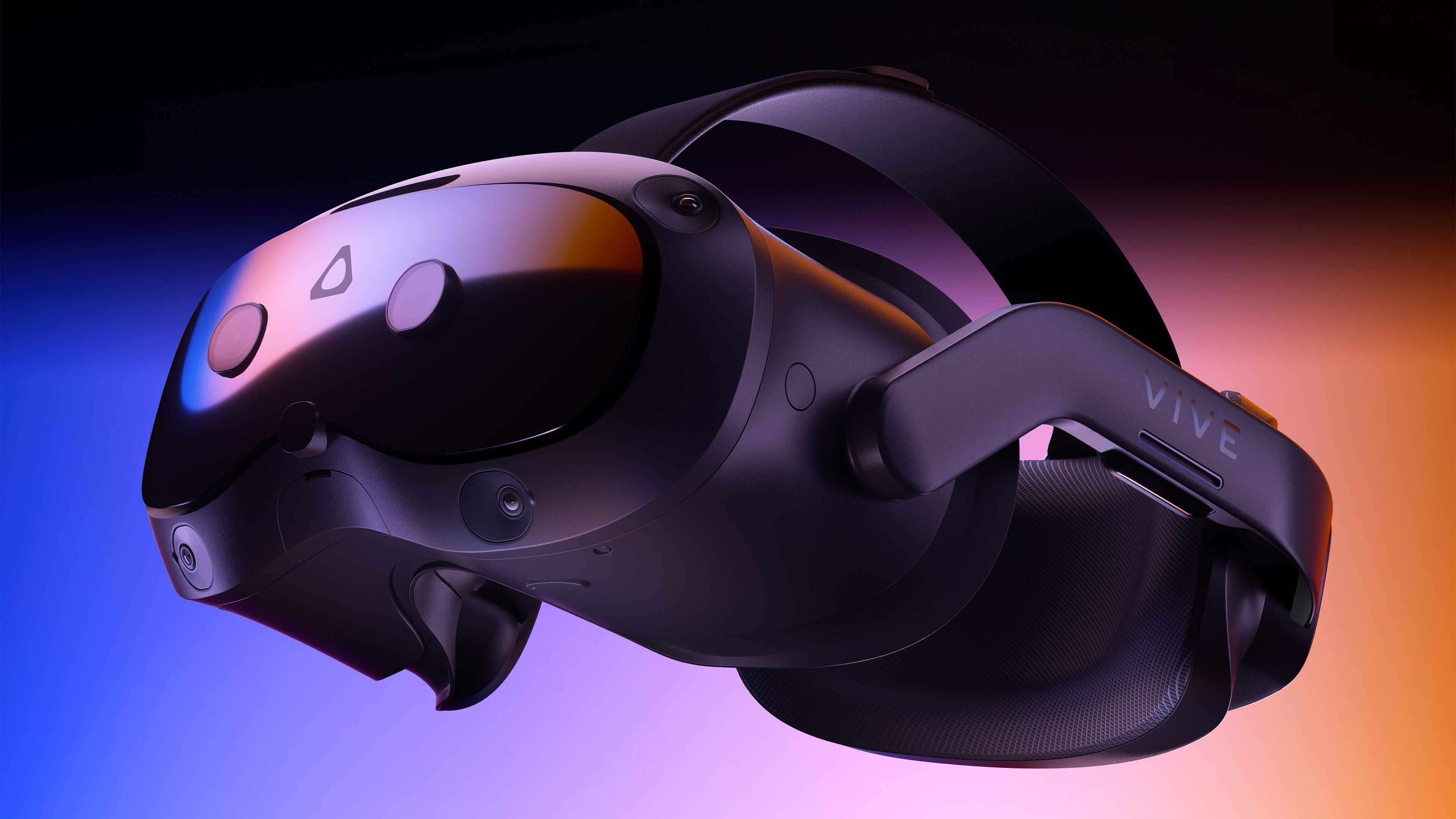
The HTC Vive Focus Vision is an interesting headset, for both price and features. If you want a PC passthrough option that has excellent picture quality, it's certainly a solid option, but those looking for standalone VR could save plenty of money by looking elsewhere. Some outdated components stop it from really soaring, too.
-
+
Well-built
-
+
Excellent image quality
-
+
Great for PC pass-through
-
-
Fresnel lenses are outdated
-
-
Streaming Kit will cost extra
-
-
Few native titles
Why you can trust T3

Even for one of the biggest names in the game, it's no longer an easy thing to launch a new option to compete with the best VR headsets on the market. The extreme value offered by Meta's array of Quest headsets means that a premium offering needs to really justify its own existence.
In the HTC Vive Focus Vision's case, the angle appears to be around picture and video quality, with boasts about lossless video passthrough from a capable PC. That said, the new device doesn't necessarily pitch itself that hard at gamers, leaving it as a very competent headset that nonetheless feels less than essential. I used it for a couple of weeks to see how it stacked up.
HTC Vive Focus Vision review: Price & Availability
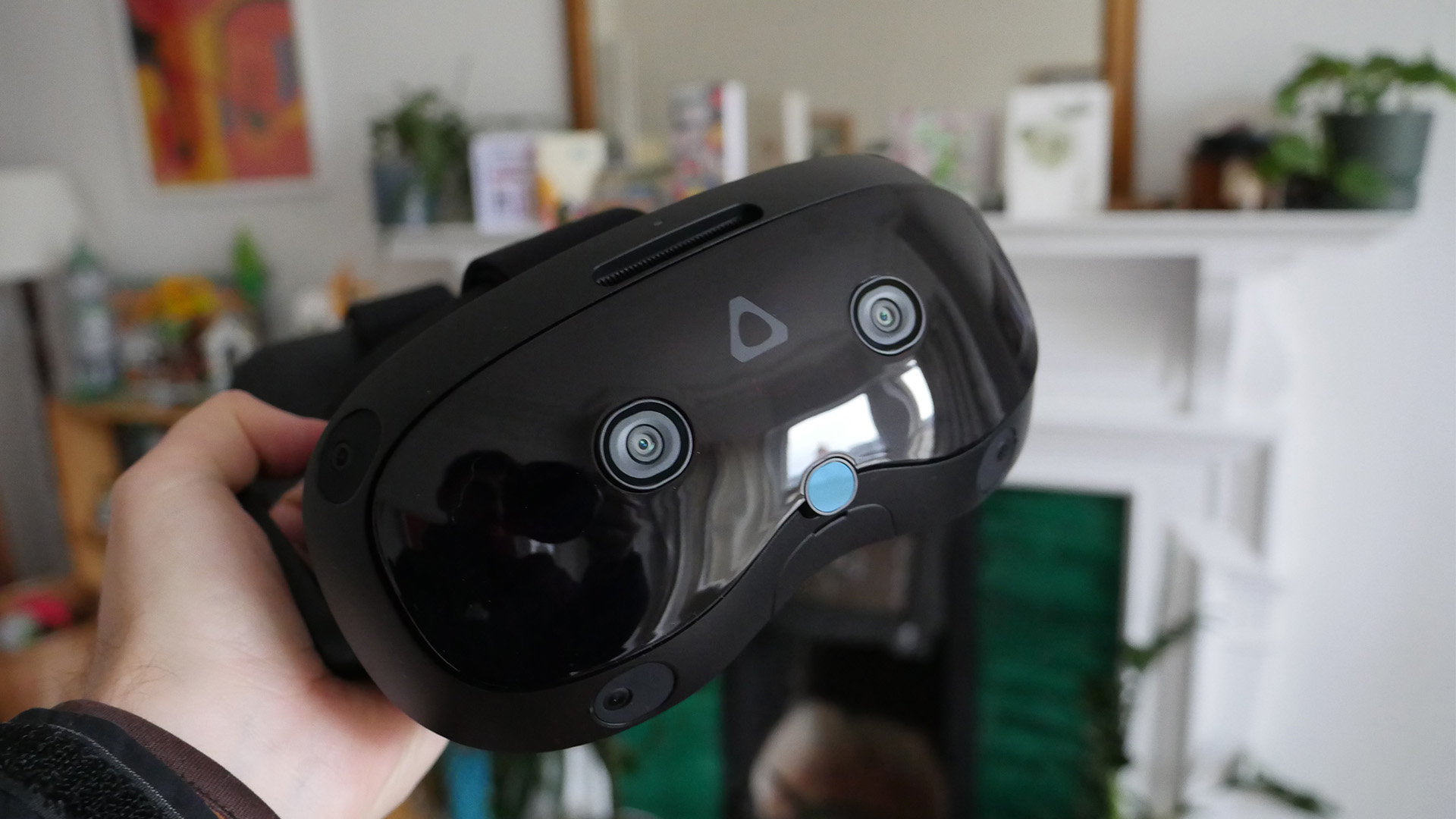
The HTC Vive Focus Vision launched in mid-October 2024, so it's still very new but can now be ordered widely, including through Amazon. The headset is priced at £999 / $999 / AU$1899, which means that it doesn't break into the scarier realms of four-figure pricing (unless you're Australian, of course), but one big add-on might be warranted by a bunch of customers.
There's a Streaming Kit that you can buy with all the wires and adapters you need for a lossless PC connection, which comes in at an extra £159 / $149 / AU$279, which is a significant outlay. This was thrown in with pre-orders for the headset and, at the time of publishing, you can still find it included when buying from the Vive site directly, or from Amazon, but there's no telling how long that will stay true.
HTC Vive Focus Vision review: Design & Features
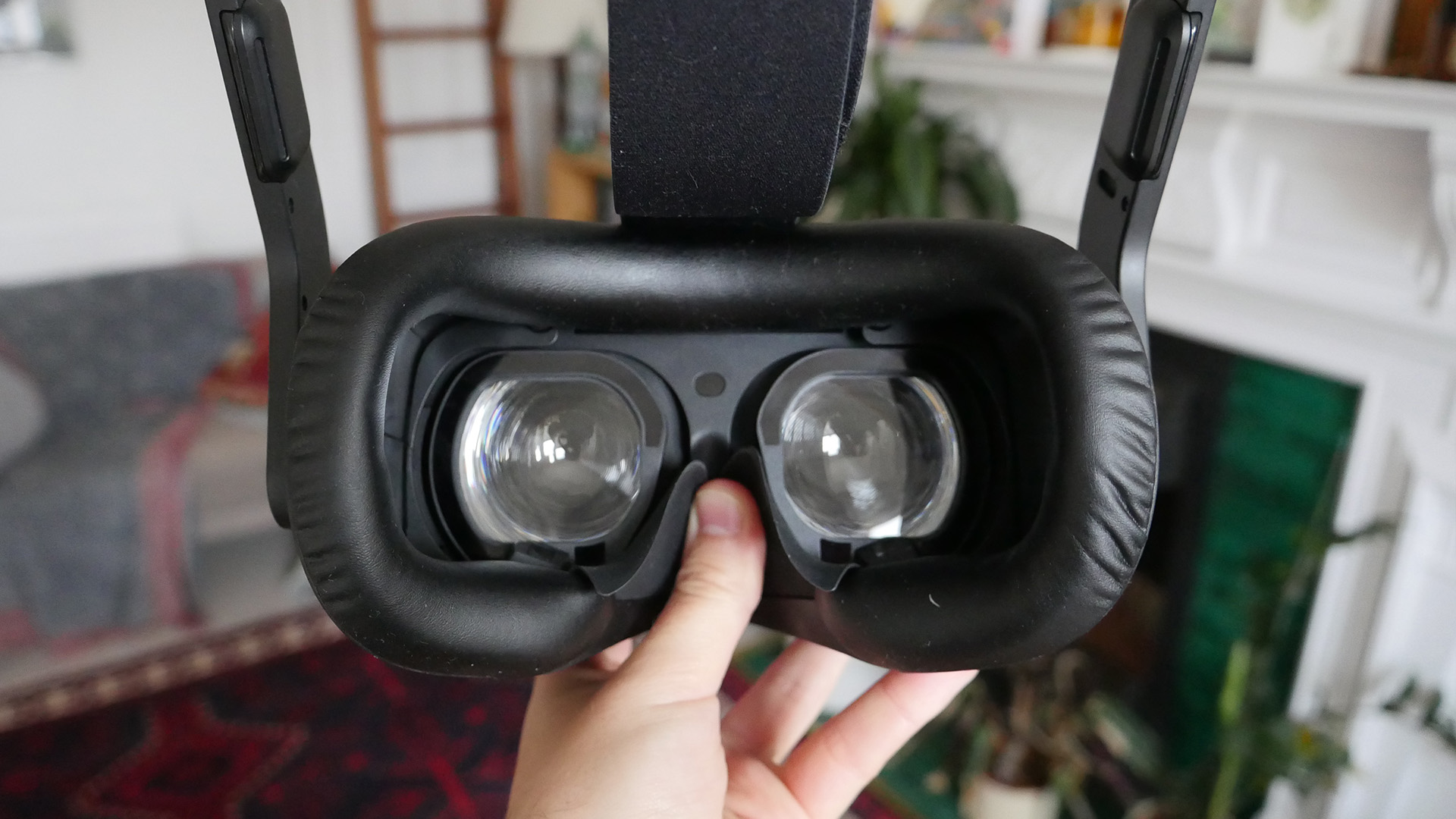
The HTC Vive Focus Vision – and I'll say at the outset that I'm not a huge fan of that name, which for some reason never rolls off the tongue – looks familiar if you've handled another Vive headset over recent years. It has a shiny (very shiny!) front panel that houses the main body of the headset, along with a three-strap system that lets you wear it snugly.
At the back of your head, there's an adjustment dial to get that fit correct, along with a battery holder that both helps to balance the weight of the headset and lets you more easily swap in charged batteries if you so choose. You can only get the Vive Focus Vision in black, and it looks both at a glance and in detail like about as on-the-nose "VR headset" as you can get.
The headset's main front section is peppered with cameras and sensors to enable its room-, hand- and motion-tracking, and you also get two controllers – again, these are lightly updated from previous headsets, but extremely familiar, with buttons, a joystick each, a trigger and a grip button. The headset also has a few buttons on its exterior, including a volume rocker for its built-in speakers (one on each side for stereo sound) and a multi-purpose button that you'll use to power it on and off.

The headset is extremely well-made and sturdy, with little to no creaking or flexing while in normal use, and that makes it feel more premium than some other much cheaper options. It's also comfortable enough to wear for an hour or more, although your mileage may vary past that point, as it does on most VR headsets according to your capacity for screen overload.
There's everything you need onboard the Vive Focus Vision to use it as a standalone headset, including the option to stream from a PC over Wi-Fi. For my review period, however, I also had access to the aforementioned Streaming Kit – which is a relatively straightforward array of wiring options that you can set up according to your PC and GPU combination.
That brings me to the technical side of things: HTC has outfitted the headset with a resolution of 2,448 by 2,448 pixels per eye, along with a 120-degree field of vision, and both of those are mighty impressive (a 90Hz refresh rate is more typical). That should mean extremely sharp images and an FoV that doesn't feel cramped, both of which feel broadly true, as I"ll come to in the performance section below.
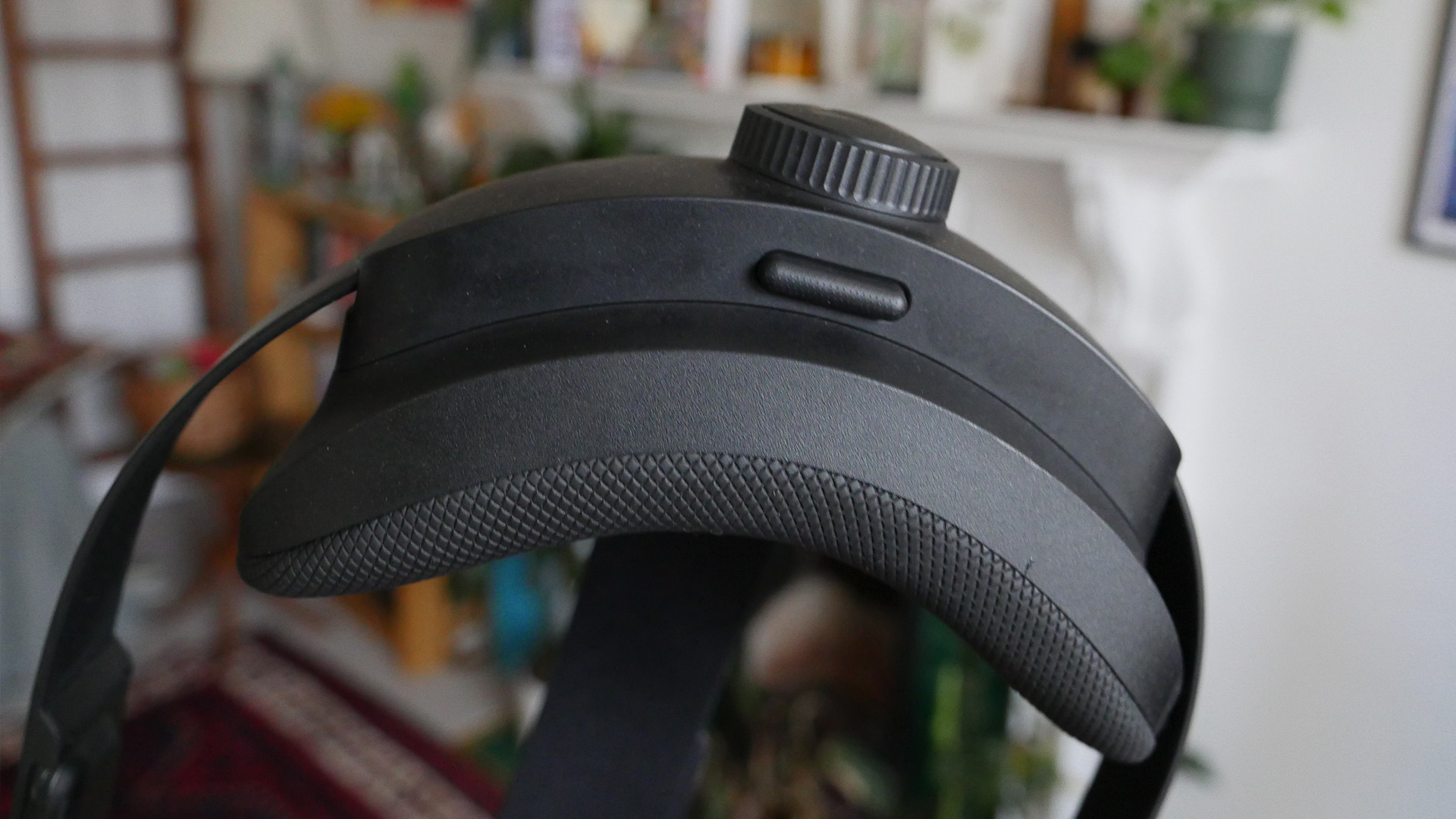
There's an upgrade to the RAM side of things compared to the previous model, with 12GB of memory onboard, but then an interesting choice where the processor running it all is concerned. The Vive Focus Vision uses the first-gen Snapdragon XR2 chip, which is the same one in the Meta Quest 2, from a few years back. The second-gen version of the chip is in the newer Meta Quest 3 and 3S. Those headsets are substantially cheaper than the Focus Vision, which makes for a letdown hardware-wise – but it's also related to HTC targeting this product at enterprise, where spec changes aren't as fast.
Another disappointment is that the headset still uses fresnel lenses, an older and less impressive implementation than the pancake lenses now favoured by most of the competition. This isn't a deal-breaker and an automated adjustment system accounts for the distance between your eyes pretty well, but it's surprising to see another advancement ignored at this price point.
Finally, a word on the Viveport storefront, which bills itself as a one-stop shop for all your built-in VR needs, but actually lags far behind Meta's equivalent in terms of the number of experiences available for you to try. There are basically a handful of games and apps, and while they're good introductions to VR (mostly requiring some extra cash), they had me rushing to get my SteamVR setup working so that I had more options again.
HTC Vive Focus Vision review: Performance
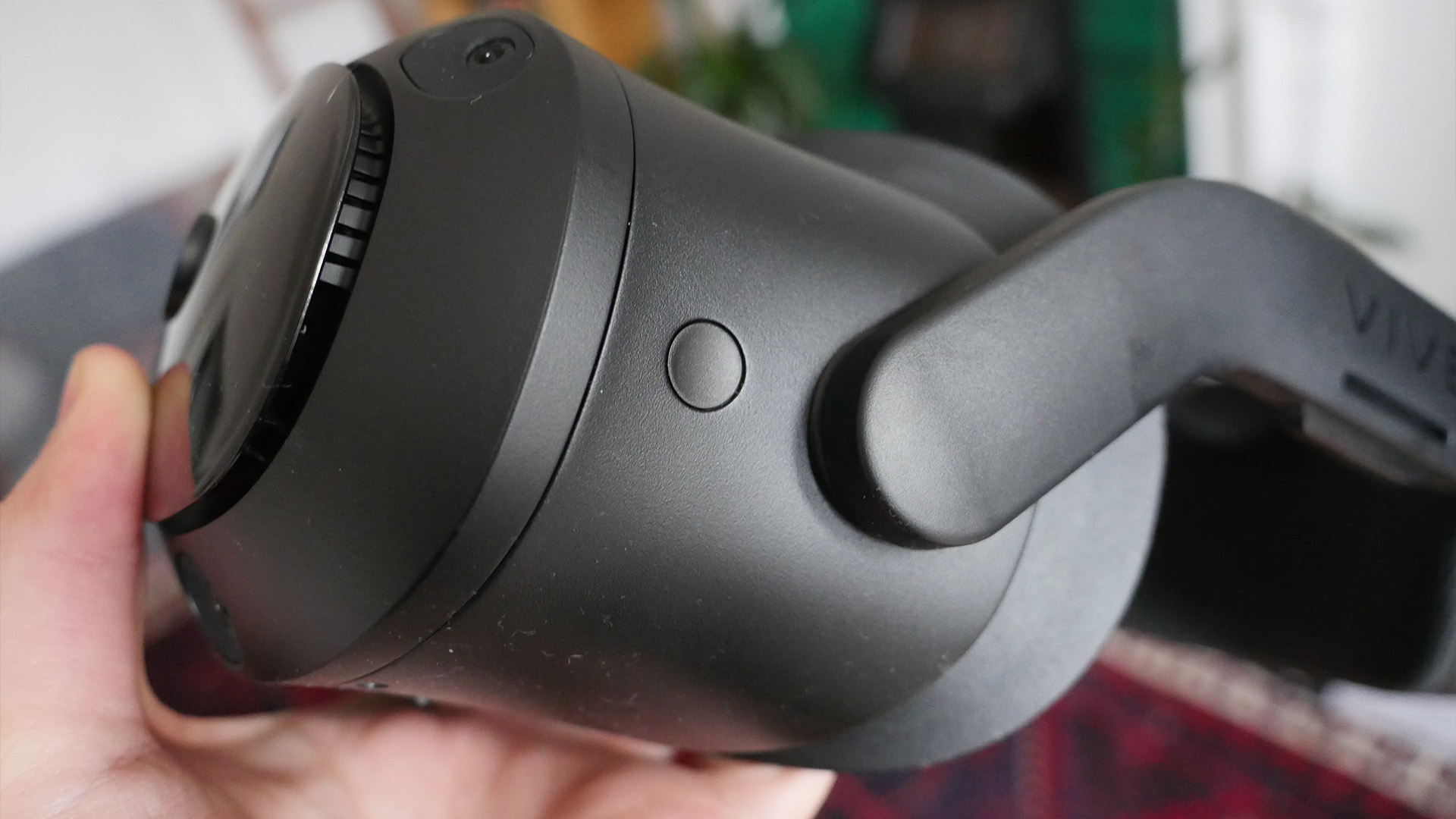
Putting the headset on, the Vive Focus Vision delivers an experience that almost exactly matches its array of specs – there are some really impressive elements here, as well as some letdowns. First things first, that resolution per eye does indeed result in a really impressive sharpness and clarity.
If you have a gaming rig that can power some proper VR experiences (with Half-Life: Alyx still operating as my gold standard) then you can enjoy some frankly amazing stuff, and that wide field-of-view also really helps here. Performance does depend a little on your circumstances, though, and it's fair to say that the built-in experiences aren't always quite as bleeding-edge.
It can be disappointing to hook up a less capable VR headset to a very impressive PC build and discover that your desktop is nonetheless a bit blurry, so there's no doubt that the sharpness you can achieve here could represent a step up for many gamers – and indeed for enterprise customers looking into applications. Whether that step up is worth at least double the cost of a realistic alternative is harder to judge, though.
Immersion is no trouble, though, and I was also impressed by the built-in speakers, which can't really rival the best earbuds for fidelity, but get close enough to ensure that they're a genuine option if you fancy a more streamlined setup. The controllers, meanwhile, are just as impressive as they were in previous Focus generations, capable of fine movements and enough buttons to allow for intricate controls when desired. They both charge by USB-C which is also handy.
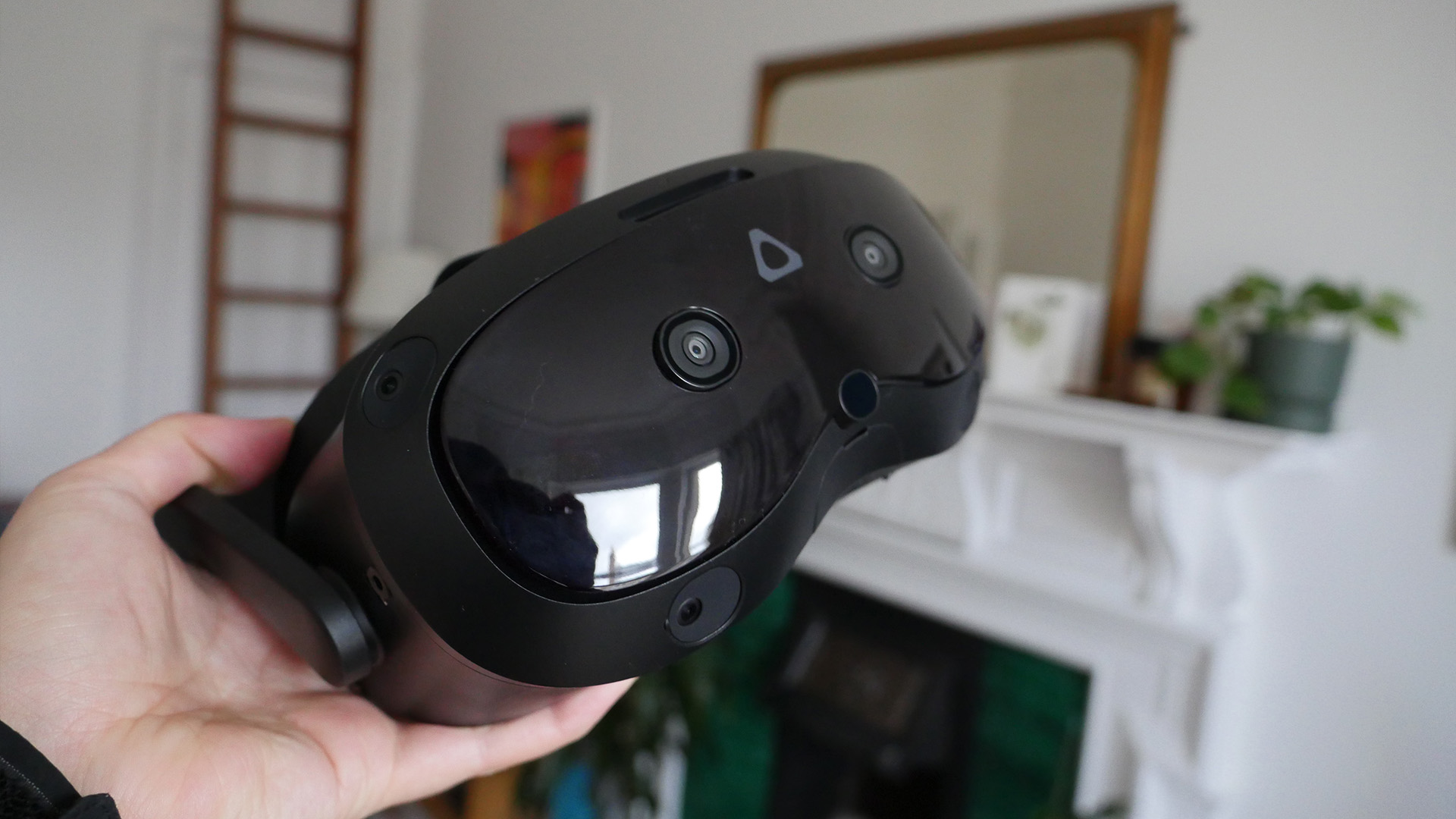
HTC highlights its new eye-tracking system, which I found it impressive – and very easy to set up for the first time. It tracked my glances really well, but I was then left to wonder why so few VR experiences actually use it. Perhaps more updates will flow out to give eye-tracking more practical implementation, but for now it's basically just an impressive trick.
The same verdict goes for mixed reality, too, which again is one of the points HTC has made about the upgraded Focus Vision. Its 16MP cameras do indeed offer a good view of the world around you whenever you need it, at the tap of a button on the headset, and it's a step up from HTC's previous work. I was, again, impressed by the utility of this system even while I found a dearth of actual mixed-reality use cases to explore. In a post-Apple Vision Pro world everyone's playing catchup, even if Apple's swimming in a pricing lane all of its own.
If you use the Vive headset without any wires you can expect to get just under two hours from it before it powers down, which is in line with HTC's claims, but predictably shorter than Meta's cheaper headsets. The Vive Focus Vision does have the option to swap in a charged battery pack without your headset turning off during the process, although you'd need to buy a spare to make this work, at further additional expense.
HTC Vive Focus Vision review: Verdict
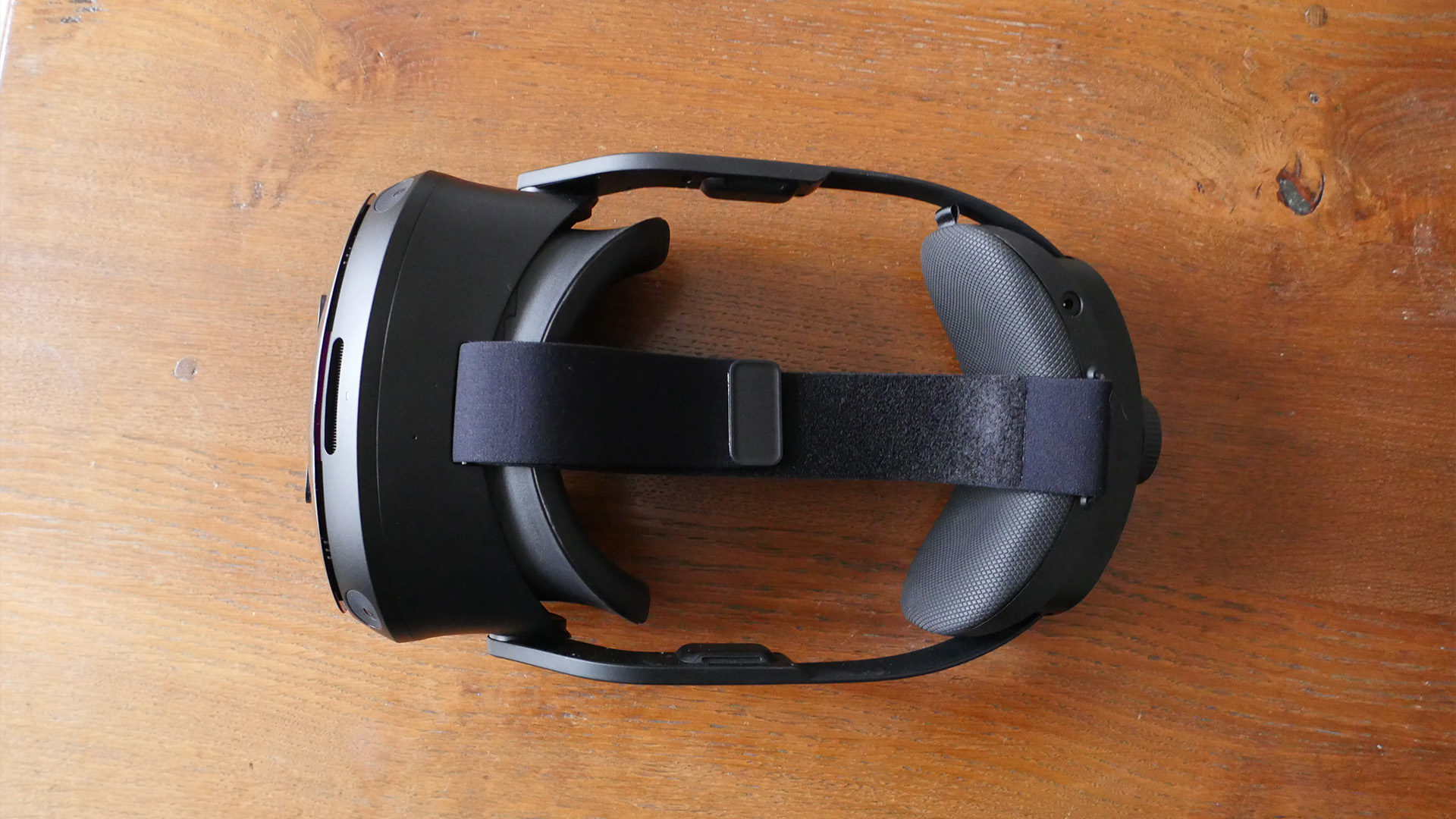
When the HTC Vive Vision Focus is good, it's very good – and someone with a beastly PC would definitely find it an excellent pairing thanks to its lossless capabilities.
However, I suspect that most people could almost certainly save and few hundred and get a headset that feels about 90% as impressive with less fiddling required.
It's not as if HTC is asking an outrageous price, of course – VR enthusiasts will only have to look back half a decade to be reminded that the Focus' asking price is actually a marker of real progress. But the issue comes when some corners feel like they're being cut – such as the older processor and the Fresnel lenses here.
Overall, the Vive Focus Vision is a more niche proposition than I was expecting. It's a headset that I've really enjoyed using, though, and I suspect heavyweight VR enthusiasts happy to spend the cash will love this option.
Also consider
There's one incredibly hard-to-ignore alternative headset for those looking to save a bunch of cash and still get a really impressive, immersive experience – the Meta Quest 3. It might not have all the specs matched, but it's close enough and less than half the price.
If you want a headset primarily for gaming, meanwhile, and don't have a meaty PC to hook it up to, then PSVR 2 makes a great pair with a PS5. Its library of games might not be the biggest, but it's incredibly easy to set up and use compared to some fiddlier alternatives.
Sign up to the T3 newsletter for smarter living straight to your inbox
Get all the latest news, reviews, deals and buying guides on gorgeous tech, home and active products from the T3 experts

Max is T3's Staff Writer for the Tech section – with years of experience reporting on tech and entertainment. He's also a gaming expert, both with the games themselves and in testing accessories and consoles, having previously flexed that expertise at Pocket-lint as a features editor.
-
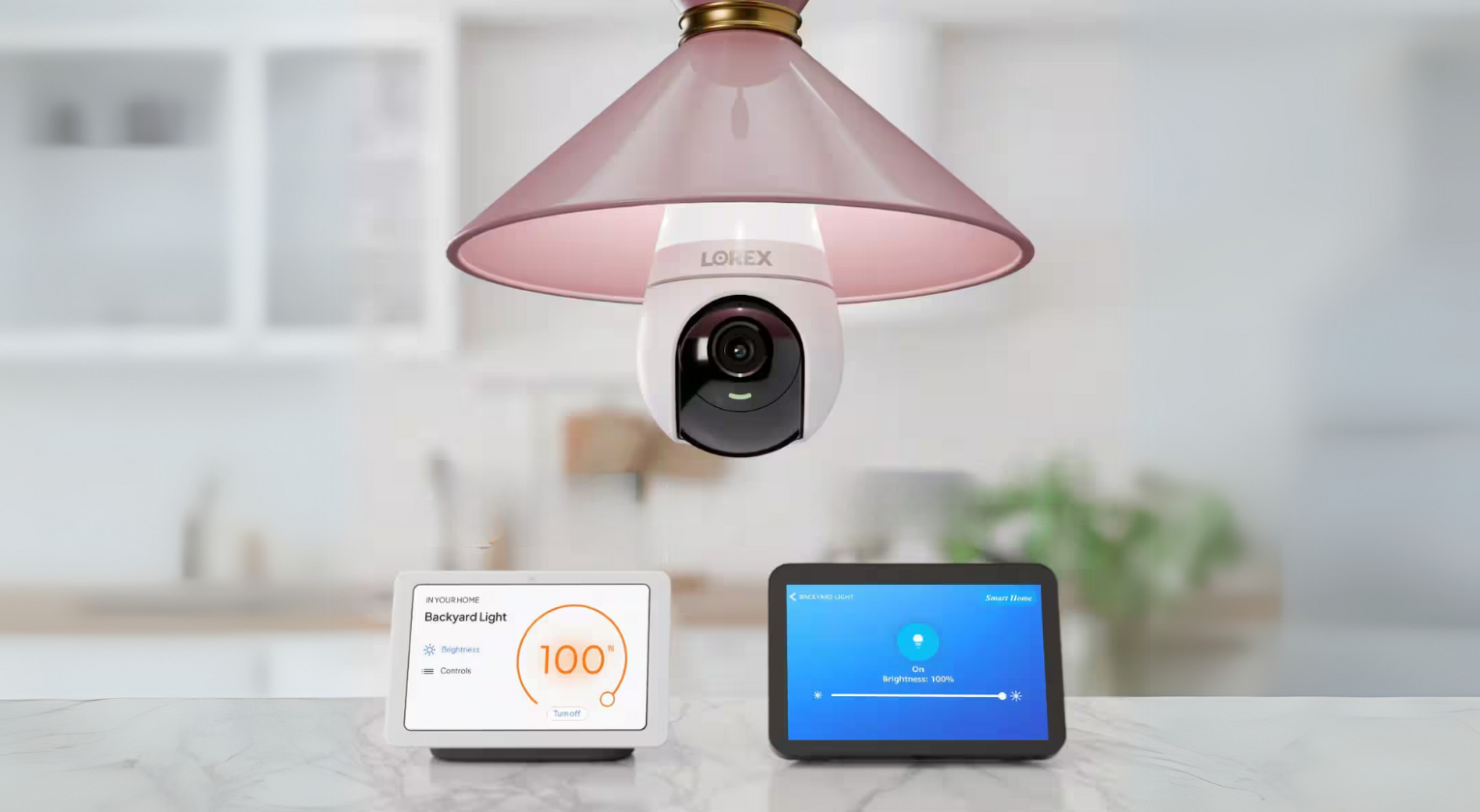 This smart bulb quietly doubles as an indoor security camera – I need it in my house
This smart bulb quietly doubles as an indoor security camera – I need it in my houseSmart home tech or spy tech?
By Lizzie Wilmot Published
-
 I can tell this new Netflix comedy series is going to have a sad twist
I can tell this new Netflix comedy series is going to have a sad twistThe Four Seasons will have light and shade
By Max Freeman-Mills Published
-
 Vollebak's Full Metal Jacket Gold Edition is equal parts luxury, science fiction and bio-armour
Vollebak's Full Metal Jacket Gold Edition is equal parts luxury, science fiction and bio-armourThe most luxurious survival jacket ever made? Possibly.
By Matt Kollat Published